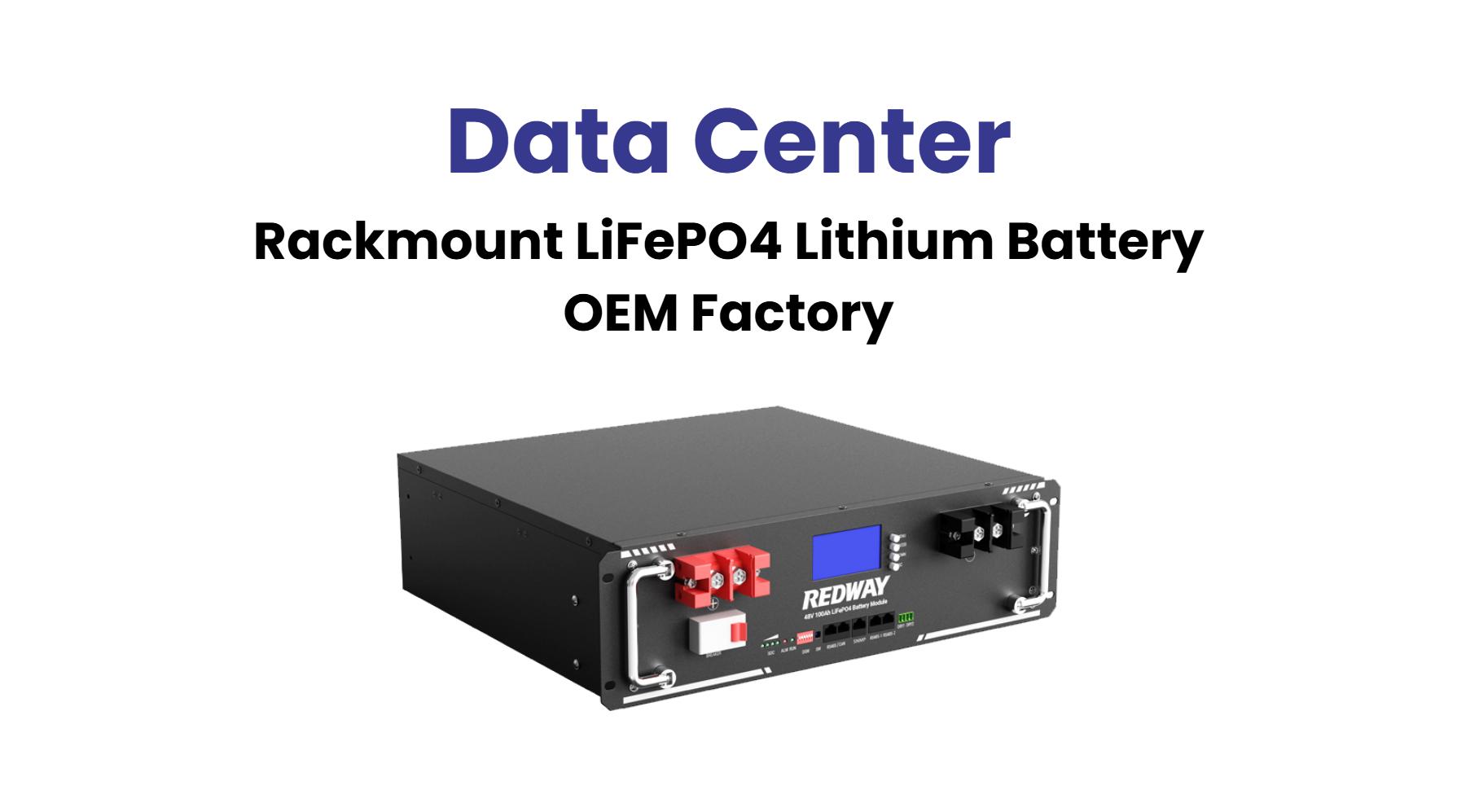Data center battery systems provide backup power during outages, ensuring uninterrupted operations. Common types include lithium-ion, VRLA, and nickel-cadmium batteries. They prioritize reliability, scalability, and energy efficiency. Modern systems integrate smart monitoring for real-time health checks. Sustainability trends are driving adoption of recyclable and longer-lasting batteries. Redundant configurations minimize downtime risks.
How Do Data Center Batteries Ensure Uninterrupted Power Supply?
Data center batteries act as a bridge during power grid failures, instantly supplying electricity until generators activate. They maintain voltage stability, prevent data loss, and protect hardware from surges. Advanced systems use modular designs for seamless scalability. For example, lithium-ion batteries offer faster response times and higher energy density than traditional lead-acid alternatives.
What Are the Differences Between Lithium-Ion and VRLA Batteries?
Lithium-ion batteries provide 2-3x longer lifespans (10-15 years) vs. VRLA’s 3-6 years. They occupy 60% less space and tolerate higher temperatures. VRLA (Valve-Regulated Lead-Acid) batteries cost 40% less upfront but require frequent maintenance. Lithium-ion excels in rapid charging and depth of discharge (90% vs. VRLA’s 50%), making them preferable for high-availability data centers.
Why Are Thermal Management Systems Critical for Battery Longevity?
Excessive heat degrades battery capacity by 10% per 15°F above 77°F. Thermal management systems maintain optimal 59-77°F operating ranges using liquid cooling or forced-air ventilation. Proactive monitoring detects thermal runaway risks. Google’s data centers employ AI-driven cooling that adapts to real-time battery load conditions, extending lifespan by 20% compared to passive thermal strategies.
How Does Battery Monitoring Software Prevent System Failures?
Predictive analytics track voltage fluctuations, internal resistance, and temperature trends. Machine learning algorithms forecast failures 72+ hours in advance with 92% accuracy. Schneider Electric’s EcoStruxure platform triggers automated load transfers when anomalies occur. Real-time SOC (State of Charge) visualization helps technicians prioritize replacements, reducing unplanned downtime by 65% in multi-megawatt facilities.
Can Modular Battery Designs Reduce Data Center Downtime?
Modular systems allow hot-swapping failed units without shutting down entire racks. Tesla’s Megapack modules enable 10-minute replacements vs. 8+ hours for traditional setups. Tier IV data centers using modularity achieve 99.995% uptime—5x better than conventional battery strings. Redundant busbars ensure continuous power flow during maintenance, critical for hyperscale cloud providers.
What Sustainability Challenges Do Data Center Batteries Face?
Cobalt in lithium-ion batteries raises ethical mining concerns. Only 5% of lead-acid batteries are fully recycled globally. The EU’s Battery Directive mandates 70% recycling efficiency by 2030. Iron-air and solid-state prototypes promise greener alternatives. Microsoft’s Dublin data center uses AI to optimize battery usage cycles, cutting carbon footprint by 12% annually.
Expert Views
“Modern data centers demand batteries that balance energy density with environmental responsibility. Redway’s latest lithium-iron-phosphate (LFP) systems eliminate cobalt while delivering 15,000+ cycles at 95% efficiency. Pairing these with AI-driven load management unlocks 30% longer service intervals compared to industry standards.”
— Redway Power Systems Engineer
Conclusion
Data center batteries are evolving from passive backups to intelligent energy nodes. Lithium-ion dominates for its density and longevity, while modular architectures redefine fault tolerance. Sustainability innovations like cobalt-free chemistries and advanced recycling will shape next-gen systems. Integrating predictive analytics ensures these critical power reservoirs meet the 24/7 demands of our digital infrastructure.
FAQ
How often should data center batteries be replaced?
Lithium-ion: 10-15 years. VRLA: 3-6 years. Replacement cycles depend on discharge frequency and thermal conditions. Annual capacity testing is recommended.
Do data centers use Tesla Powerwall batteries?
Powerwall targets residential use. Data centers prefer Tesla’s Megapack (3 MWh capacity) or competitor systems like Vertiv’s Liebert EXL S1, designed for 2,000 kW+ critical loads.
What’s the fire risk with lithium-ion data center batteries?
Thermal runaway risks are 0.001% with UL 9540A-certified systems. FM Global recommends separate battery rooms with smoke ventilation and 1-hour firewalls. LFP chemistries reduce flammability by 80% vs. NMC batteries.




